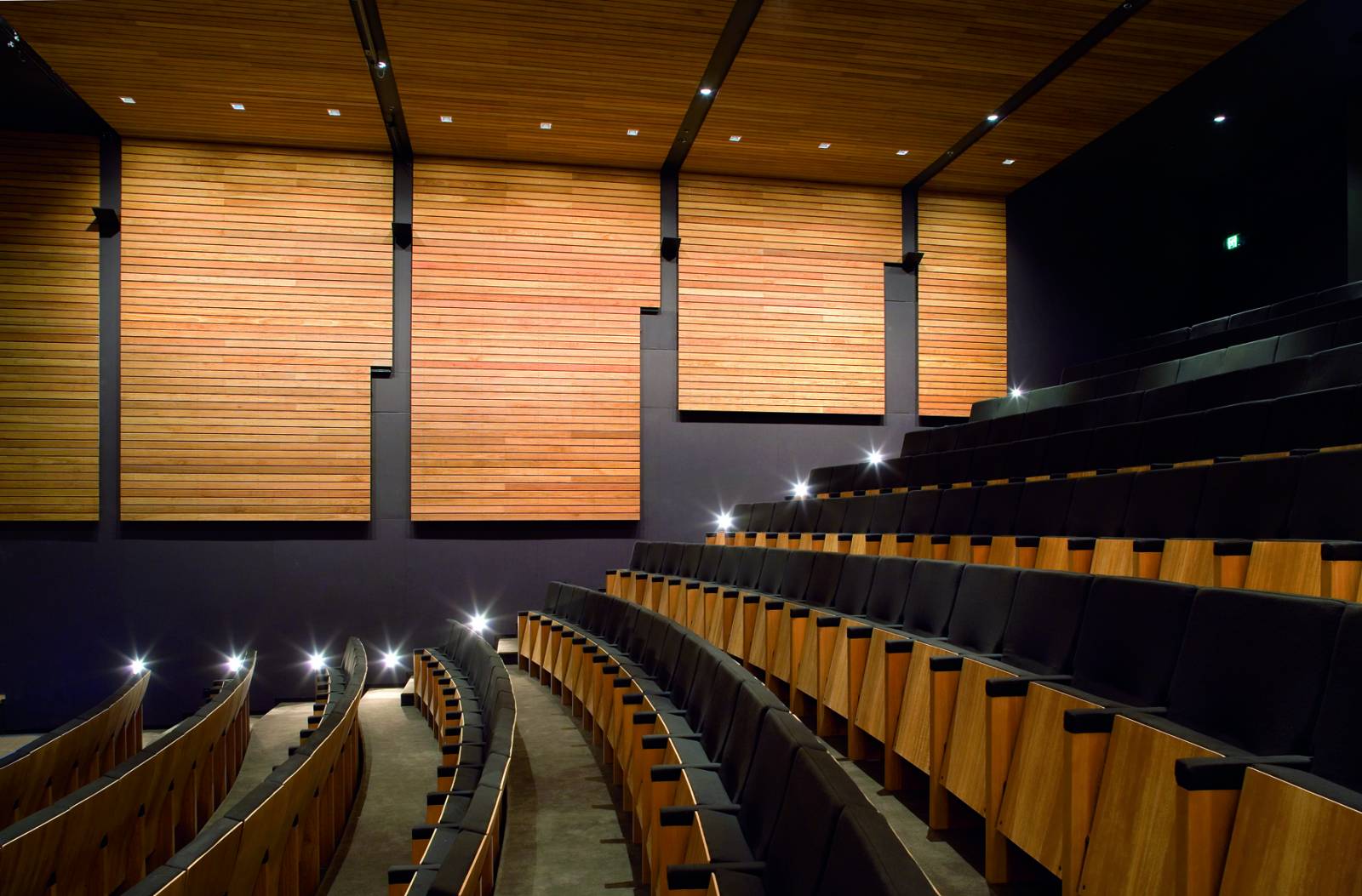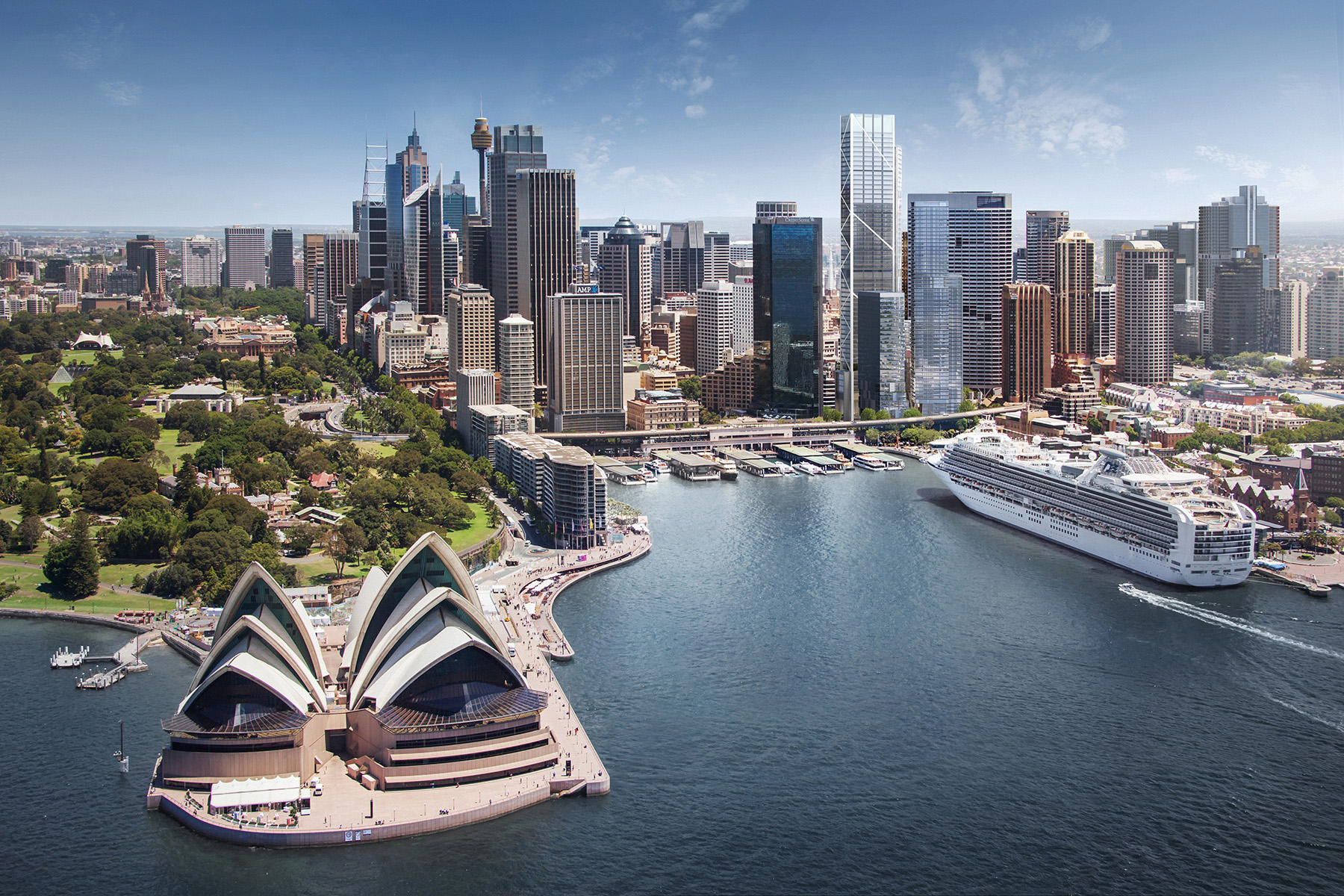Rethinking the daily commute
Unquestionably, transport represents the biggest challenge to re-opening cities. In May, Transport for NSW announced a 75 per cent reduction in train, bus and ferry capacity to comply with social distancing requirements, rendering public transport unviable as a mass transit system for the foreseeable future. With spooked commuters unlikely to want to return to the packed public transport systems of the past, there are mounting concerns that the use of private cars will dramatically increase. Cars are the enemy of great cities; roads and parking occupy precious space and impact on pedestrian amenity.
On a more encouraging note, cites around the world are scrambling to adapt infrastructure to accommodate an upsurge in cyclists and walkers. If they rise to this challenge, it is possible that the pandemic will trigger a marked and long-term shift to more active solo transport modes.
An increase in cyclists and walkers can be perceived as a positive change even if city infrastructure needs to adapt to accommodate them, which must include the increase and expansion of dedicated cycle lanes to allow people to commute safely. This is starting to happen; in New South Wales, the state government recently announced a “streets to shared spaces” initiative, which will provide funding for local councils to repurpose streets as public spaces across a series of temporary and permanent projects. While this initiative is positive, it falls considerably short of comparable schemes in European cities such as Paris.
Concerns are mounting that the pandemic may also lead to a rise in private car use for longer trips, which would increase carbon emissions as well as congestion of roads and car parks. We must avoid this and find ways – when it is safe to do so – to restore confidence in public transport. There are some simple ways this might be achieved; temperature checks at busy train and ferry stations and assuring commuters that public vehicles are being cleaned and sanitised regular could be part of this. More frequent connections at peak times to ensure people can practice social distancing will also be important. The effectiveness of the Federal Government’s COVIDSAFE app may also have a part to play in rebuilding public confidence.
It is also likely that a shift in our work patterns might be part of the solution. Many organisations are discovering for the first time that their staff can work efficiently from home. This may cause many workplaces to become more flexible and trusting of their workers. A possible reorganisation of working hours – including an increase in working from home days, and staggered start and finish times – could reduce peak-hour loads on public transport.
It is likely that the COVID-19 pandemic will accelerate the current rise of inner-city neighbourhoods, which have medium density housing within cycling or walking distance of the CBD and employment opportunities. Such neighbourhoods are already among our cities’ most popular and least affordable and will become increasingly so. Some employers may choose to decentralise their office space and provide local offices which would provide more local employment opportunities. This possibility supports the Greater Sydney Commission’s aspiration for the “30-minute city”, a city in which most of the workforce live within 30 minutes travel time of their workplace.

Decentralising of cities and a rise in regional centres
Our local transport networks are not the only form of transport that will be impacted. The pandemic will also change how people think about domestic and international air travel. Australians may begin to have more local holidays and travel less for work. The sudden interruption of the international tourism industry is already causing cataclysmic changes. On one hand, polluted skies above the world’s great metropolises are clearing due, in part, to a marked reduction in global carbon emissions from aeroplanes. On the other, the tourism industry is tumbling into a deep recession.
The combined effect of a decline in air travel and an increase in working from home may precipitate a rise in Australia’s regional cities. In a world where remote working is seen as viable to employers, some sectors might look to recruit in regional cities. If this occurs, it may eventually help improve housing affordability of big cities. Growth in regional cities would see an increase in population serving employment and may eventually lead to sufficient critical mass for larger employment hubs.
The fall (and rise) of small businesses and arts venues
Although it may be a long time before people feel like visiting crowded shopping or cultural precincts, local bookshops, cafes, town squares, theatre companies and art galleries are what give cities richness and character and bring communities together. Retail has already undergone enormous change due to online shopping; it remains unclear if small businesses can bounce back from a shutdown and subsequent economic depression. However, small businesses that emerge on the “other side” of the pandemic, may do better than ever as people are likely to avoid crowded malls and visit local shops within walking distance.
Local business and culture are another important facet of the “30-minute city” because having recreation, education, health and employment opportunities locally leads to rich and diverse communities. Local retail has also had a strong community presence during the lockdown when people could only visit their local shops. These are the business who have supported our kids’ sport teams and school fundraisers over the years. Hopefully people feel compelled to support them back.

Seeing the value of our homes and neighbourhoods
Lockdown measures are exposing two problems that have long been a concern for urban designers and planners:
- The quality of our homes and local communities is fundamental to our wellbeing.
- There is a large and growing inequality in the Australian housing market.
With most of the population in some form of lockdown, many of us are getting a firsthand insight into what life must be like for those who experience isolation as part of their regular lives. Above all, urban designers and planners seek opportunities to connect people. We do this by looking for ways to build and strengthen local community hubs with close access to transport and local parks.
Visiting local parks has become an important respite for many during the lockdown, reminding us of the importance of connections to nature to our wellbeing. Protecting and cherishing green public spaces and ensuring that all Australians have near access to quality parks is emerging as a question of social equity. As a result, planning controls may increasingly require developer contributions towards public domain, open space, cycle lanes, and a higher bar set for streetscape upgrades and improvements with new development.
Urban designers and planners also advocate for housing choices within neighbourhoods that will suit people over the course of their lifetimes. We are aiming for neighbourhoods where our older population might age in the same area where they have lived their adult lives, and younger people can start their families in an area that they are familiar with. This requires quality dwellings that are flexible (e.g. can be converted to work from home mode and has space for a new child or an in-law to move-in, etc.) Dwellings should have access to quality private open space. Too often balconies meet the minimum standard but offer little or no amenity when they should be big enough for a child to safely play or an adult to garden. In New South Wales, ‘the missing middle’ scheme seeks to address these problems through developing housing models that exist somewhere between the free-standing home and the apartment and can be developed as infill in existing neighbourhoods, without the need to continually expand the city to greenfield outer ring with no amenity and far from employment opportunities. These dwelling types can be more affordable and provide access to quality private open space in a compact, urban and sustainable way.

A silver lining for cities
The COVID-19 pandemic has infected millions and caused the most significant economic downturn since the great depression. Yet, in the past, we have navigated the aftermath of pandemics, depressions and wars with reforms that re-examine the systems and structures that lead humanity off course to begin with. Urban designers and planners have long been concerned that – fuelled by an unchecked capitalist machine – major cities will only continue to grow less sustainable and more inequitable. The pandemic has not only shined a light on this, it is already leading us to consider new paths forward. If governments continue to support public infrastructure and green urban spaces, employers offer employees greater flexibility, and we invest more into our local neighbourhoods, our cities can and should emerge from this more resilient, liveable and dynamic than before.



